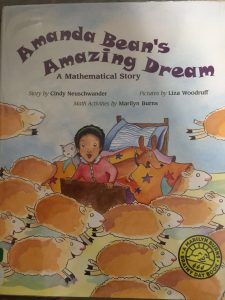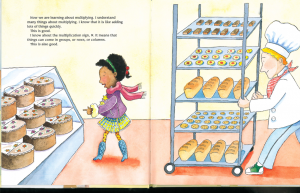
Author: Stephanie Spinner
Illustrator: Meilo So
Publisher and Year: Alfred A. Knopf 2012
Number of pages: 38
Genre: Non-fiction
Analysis
Alex the Parrot is a short chapter book with pictures that describes the life of the African Grey Macaw Alex and his handler Irene Pepperberg. It tells of Irene’s experiments with Alex in order to prove that birds are smart creatures capable of understanding human concepts such as colors, numbers, and shapes.
This book functions as a window or door into the scientific community. The main culture addressed and discussed in the book is that of Irene and her experiences and observations in the scientific field. At many points in the book, it is discussed that Irene has to do certain things in order to ensure that her research will be respected. The book displays scientific culture as something that is easily understandable to children and explains processes Irene follows in a way that is easier for students to understand. The pictures themselves do little to add to the story itself but enhance the overall experience of the book.

The text is broken into smaller three to five sentence paragraphs and each page typically has two to five small paragraphs on it. Having the text broken up in such a way is conducive for a children’s literature book because it allows children to digest the harder information in smaller doses. The pictures are done in a sort of watercolor style and while the humans seem more cartoonish, Alex and any other animals look very realistic. This adds to the readers understanding and visualization that all the events discussed in the books actually occurred. The illustrator uses large pictures and bright colors to capture attention of the reader. The illustrator also uses humor in some instances to break up larger portions of text and keep the reader interested.
The book itself is a truthful retelling of Irene’s experiment and discusses Alex’s death and his death’s impact on the future the experiment. This book is a good tool to use and have in a classroom and is suitable for many ages. This book can function as a stepping stone into discussion of many different aspects of the scientific field. Some examples include experimentation hypothesis process, validity of an experiment, or the general topic of animal brain function. Overall, this book can serve a way to get children interested in scientific topics.






